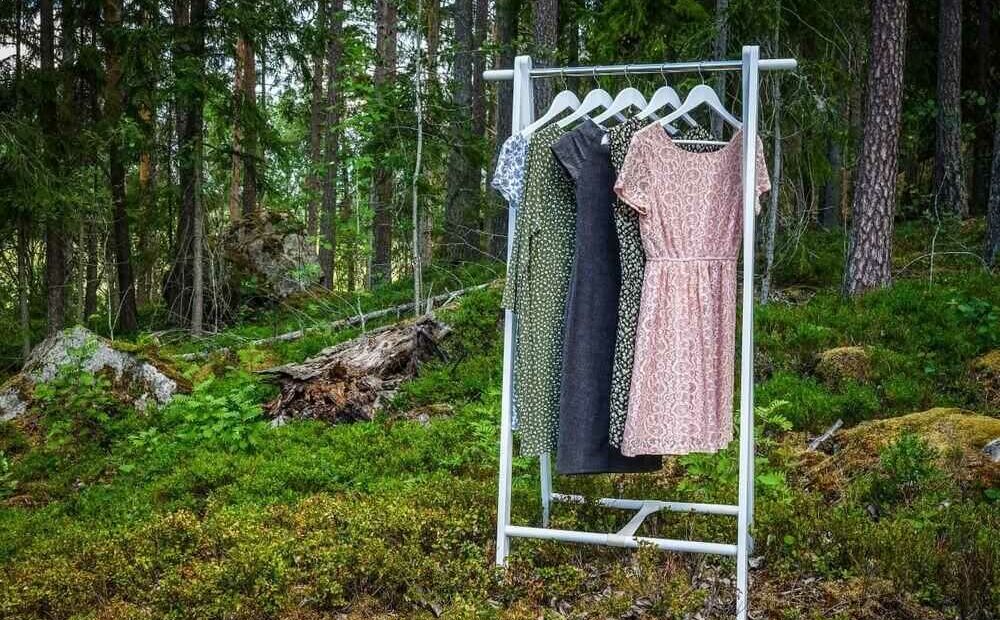Sustainable Fashion: Ethical Choices for a Greener Wardrobe

As our awareness of the environmental impact of the fashion industry grows, many people are seeking ways to make their wardrobes more sustainable. Sustainable fashion involves making ethical choices that minimize harm to the environment and protect the rights of workers. By adopting a greener wardrobe, we can contribute to a more sustainable future. In this blog post, we will explore various ways to make ethical choices and build a sustainable fashion wardrobe.
- Prioritize Quality over Quantity: Invest in well-made, durable pieces that will last longer, rather than buying cheap, fast-fashion items. Look for garments made from sustainable materials like organic cotton, linen, hemp, or recycled fibers. By choosing quality over quantity, you reduce waste and the need for constant replacements.
- Embrace Second-Hand and Vintage Shopping: Thrift stores, consignment shops, and online platforms offer a wide range of unique and pre-loved fashion items. By giving these items a second life, you reduce waste and minimize the demand for new production. Explore these options to find hidden gems and add a touch of individuality to your wardrobe.
- Support Ethical and Transparent Brands: Choose fashion brands that prioritize sustainability and ethical practices. Look for certifications such as Fair Trade, GOTS (Global Organic Textile Standard), or B Corp, which indicate a commitment to sustainable production and fair labor standards. By supporting these brands, you contribute to a greener fashion industry.
- Adopt a Minimalist Approach: Create a capsule wardrobe with versatile pieces that can be mixed and matched to create various outfits. Embracing minimalism reduces the urge for constant shopping and encourages mindful consumption. Focus on quality, timeless items that align with your personal style.
- Consider Renting and Borrowing: For special occasions or temporary fashion needs, consider renting clothes instead of buying them. Rental platforms provide access to stylish options without the need for permanent ownership. Additionally, borrowing clothes from friends or family for a fresh look reduces the demand for new items.
- Care and Repair: Extend the lifespan of your garments by following proper care instructions, washing clothes in cold water, and air drying whenever possible. Learn basic sewing skills to mend minor damages and breathe new life into your favorite pieces. Taking care of what you own helps reduce waste and fosters a more sustainable wardrobe.
- Get Creative with Upcycling and DIY Projects: Instead of discarding old garments, get creative and find ways to upcycle them. Transform an old pair of jeans into shorts, turn a worn-out shirt into a tote bag, or add patches to a jacket. DIY projects not only give new life to old clothes but also showcase your personal style and reduce your environmental impact.
Building a sustainable fashion wardrobe involves making ethical choices that prioritize quality, second-hand options, and support for transparent brands. By embracing minimalism, renting, caring for garments, and exploring creative upcycling, we can all contribute to a greener and more sustainable fashion industry. Let’s make conscious decisions and create a positive impact on the environment and society through our fashion choices.
Picture Courtesy: Google/images are subject to copyright








